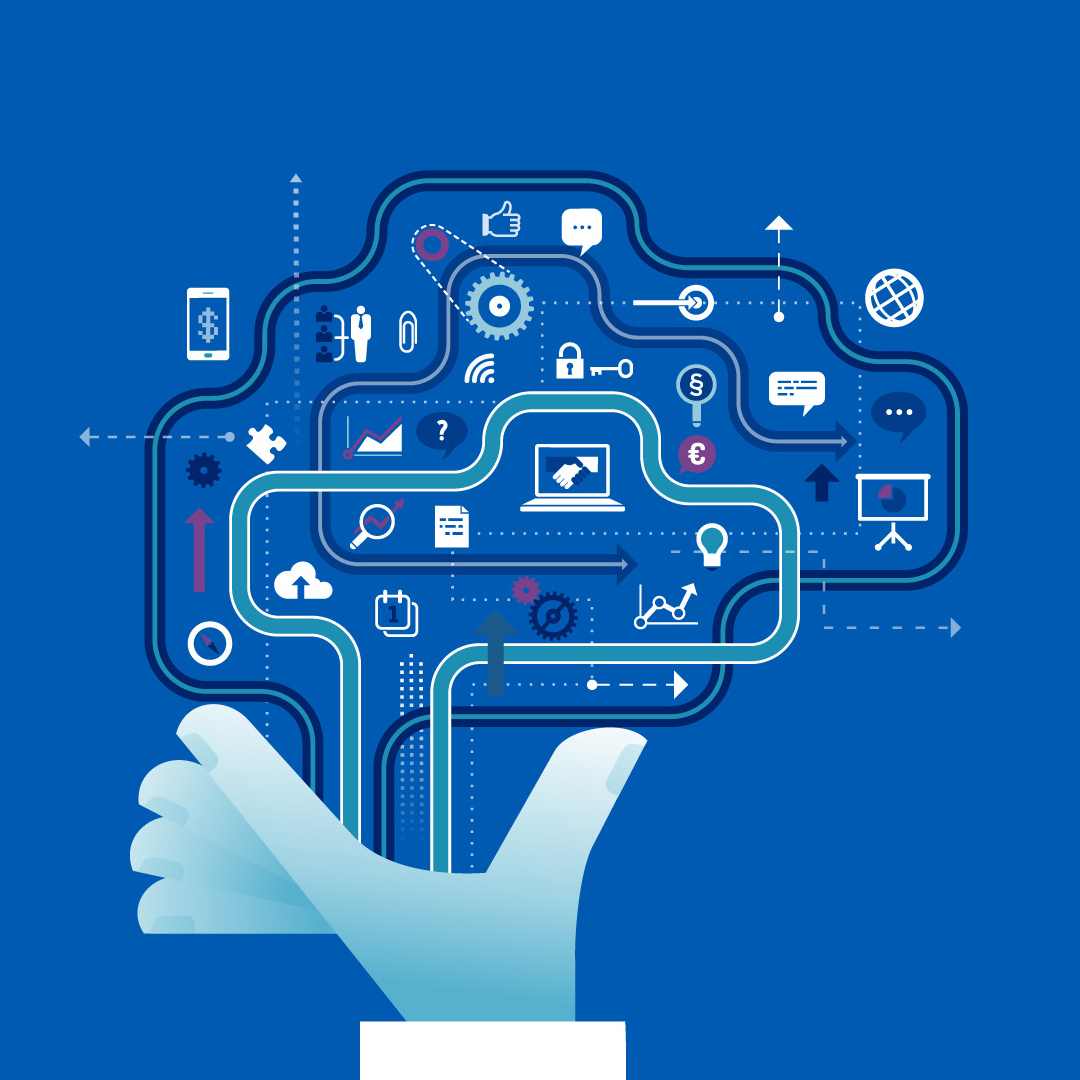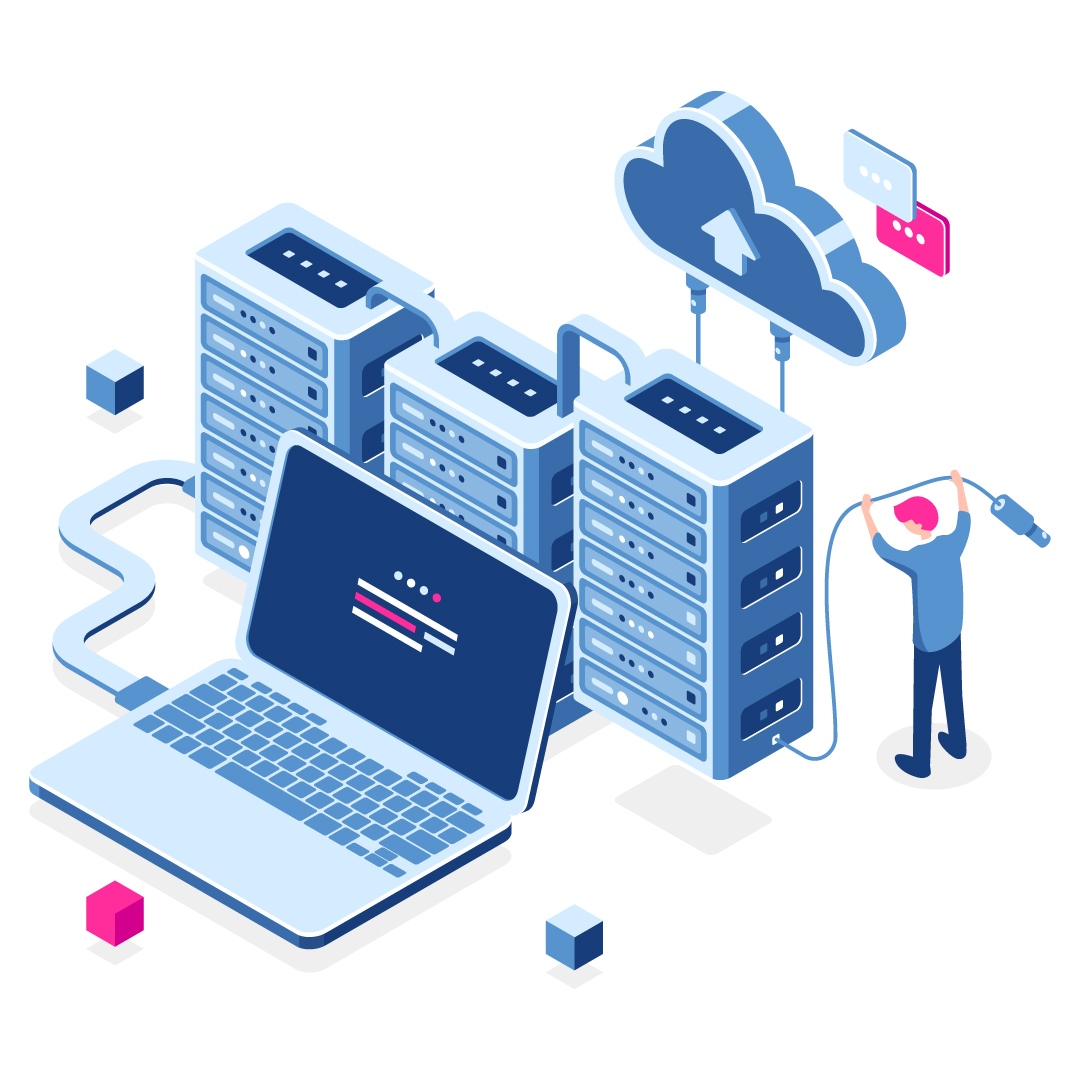Legacy Application Modernization: The What, Why & How of It!
Legacy application modernization is the answer if you want your obsolete business applications, platforms, processes, and other technologies to continue to pull and retain customers, drive business growth, and stay competitive. In this blog post, you will get to know everything about legacy software modernization, the options to do it, strategies, and so on.
We are living in an age when cutting-edge technologies become obsolete in a split second. In this context, the topic of legacy application modernization deserves the utmost attention and vigilance.
Check out one of our successful legacy application modernization projects.
The Need for Legacy Application Modernization
Let’s start with exploring what are legacy applications before jumping into why we need to modernize them.
a. What is a legacy application?
Legacy applications are software programs that are obsolete and are superseded by newer, improved options. Legacy applications are based on a technology that is older than the present-day standard and therefore is outdated.
b. Why do businesses still use legacy applications?
The truth is that many enterprises still stick to their legacy applications just because they still work. Though it is true that when these businesses first started with operational modern systems and software, as the years passed on new technologies popped up placing a legacy burden on these busin
esses. Many businesses still use legacy systems in spite of the instability issues they pose, mainly because of the following reasons:
- The legacy systems continue to attend to critical business needs
- They are hard to replace
- They control significant business processes
- Fear to change the status quo due to the risk of data loss
- The challenge of building an improved system as the legacy applications do not come with technical specifications

- As the legacy software are compatible with their older technology systems they find it convenient to use them rather than purchasing new equipment.
While reading the above reasons, you might have understood that continuing to use obsolete applications can pose serious threats to the organization. Though many organizations are hesitant to discontinue their legacy applications, legacy application modernization is imminent.
Let’s check out the risks associated with clinging to outdated software and why this transformation is unavoidable.
c. Risks of using legacy applications
Legacy applications are hindering digital transformation initiatives, as per research studies.
- Any kind of passive attitude while using the legacy application can cause severe risks. Those who use them should observe more security etiquettes, implement frequent data backups, convert to better compatible formats, and buy additional storage.
- Adherence to legacy systems will hold back the business initiatives and business processes
- Legacy applications are unstable due to compatibility issues with current Oss, browsers, and IT infrastructures.
- Legacy applications can make your business slow-moving causing loss of users and customer loyalty
- Requires a major chunk of your budget for app maintenance and high downtime
- The risk of data silos as legacy applications create ‘islands’ of data
- Lack features along with lack of scalability and flexibility
- High vulnerability to security risks
- You end up lagging behind your competitors
d. What is legacy application modernization?
Legacy application modernization is nothing but the practice of transforming a legacy system into a modern infrastructure.
It’s a challenging task to transform a legacy application to a modern one as you need to keep it running while upgrading it to a fresh and competent code that makes it compatible with the latest technology and programming languages.

Besides reducing IT costs, and enhancing flexibility, collaboration, and consistency, it helps in updating and modernizing your business by creating modern business values. It helps you leverage the combined power of long-standing business applications with cutting-edge technologies and software architectures.
Companies modernize existing applications rather than obtaining or building a completely new application mostly for the following reasons:
- They are unable to find an application that meets all of the organization’s needs.
- The legacy application that they are currently using forms an integral part of the organization’s product portfolio.
- There are unique security guidelines that can be best fulfilled with the current application.
Steps Involved in Doing Legacy Application Modernization
Legacy applications, though they continue to function for some time will subsequently stop operating efficiently and will fail to meet business goals. Therefore, the need to re-architect, rebuild or replace them emerges. Failure to undertake legacy software modernization will pose roadblocks to business growth.
As a seasoned software development outsourcing company with well-diversified clients around the globe, we, at Bridge Global, have observed from our client experiences that legacy software modernization projects can nose-dive if it is done without clarity with a hasty discovery phase.
Let’s sketch out the most effective steps to carry out a legacy application modernization project.
1. Evaluate Legacy Systems
Your legacy software modernization plan should ideally start with evaluating your legacy systems against a business fit, business value, agility, compliance, cost, complexity, risk, etc. If your legacy system is posing an obstacle to the modern business landscape; if it is shooting up the expense by increasing infrastructure maintenance costs; if it’s not meeting your business goals; if it causes greater compliance risks; etc. it’s inevitable to undertake legacy application modernization. Check out for risks associated with business and IT perspectives and make a prudent decision.
2. Define What Works and What Doesn’t
This step involves clearly defining the problem. You need to refine it deeply to uncover the precise cause of friction and target specific user stories.
Filter out what works and what doesn’t work in your legacy software to determine the right legacy application modernization approach.
3. Choose the Right Modernization Approach
After being convinced about the need to do modernization, the next step it to choose the right approach from the 7Rs.
a. Retain
This is a low-risk and rare scenario that any enterprise can opt for. It is nothing but deciding to retain the legacy software as it is (very risky) or reuse it within a new architecture. Retaining it as it is can be a business-threatening decision. Businesses can extend the functions and features of legacy applications by changing access to it via an API. By adding layers of technology around it to integrate the newer functionalities, enterprises can retain it for some more time.
b. Rehost
Rehosting means lifting and shifting legacy applications to a new environment rather than modifying the code. Many organizations prefer it as it helps them move their software from on-premise to the cloud and can henceforth leverage all cloud benefits.
c. Replatform
Replatform simply means shifting the legacy application to a new platform. It involves some alterations to the code while keeping the app features the same. This helps organizations to gain enhanced performance.
d. Refactor
Refactoring legacy application involves restructuring and optimizing the code to get rid of some of the technical liabilities. It requires organizations to change the backed components without touching the frontend components. It helps in achieving improvement without causing any disruptions
e. Rearchitect
It involves significantly altering the legacy application code to shift it to a new architecture. It will give new possibilities and capabilities
f. Rebuild
This is the most expensive approach as it rewrites the application from scratch. Though it does not change the scope or specifications it transforms the legacy system into a fully integrated cloud-native environment.
g. Replace or Retire
Replacing your legacy application is the best choice if it’s no longer working. It involves scrapping the existing structure and replacing it with the right product solution considering new requirements and needs.
4. Select a Team to Implement the Strategy
Getting the right partner to do your legacy application modernization project is crucial for the success of the project. Many organizations lack the internal teams to modernize their legacy systems.
Enterprises should hire developers from a trusted custom software development company to do the process flawlessly. Hiring a team that uses Agile and DevOps practices can be an advantage.

Wrapping Up
Your business is not the same as it was when you started it. Using outdated and underperforming software to manage your current operations will prove disastrous if you ignore legacy application modernization.
If you are planning to initiate a legacy software modernization project choose the experienced professionals at Bridge Global who follow legacy application modernization best practices and are best at choosing the right technology. Our experts in Cloud, Microservices, Containers, Kubernetes, Orchestration and Automation will ensure that the project is delivered by taking into account security compliance, and business goals. Call us right now!


